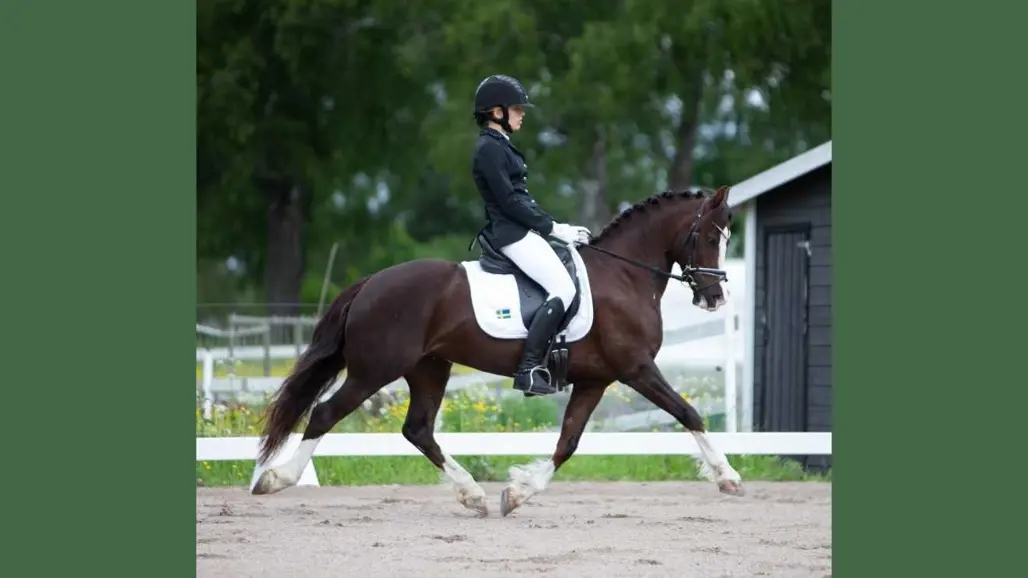
Relationship between movement asymmetries and laterality in riding horses?
A lame horse tries to relieve the pain by moving asymmetrically in trot, which today can be measured objectively. However, research has shown that movement asymmetries are very common even in horses in training that are considered healthy. Could the movement asymmetries be due to other than pain?
One possible explanation for this that has been discussed is so-called laterality. Both animals and humans may prefer to use one side of the body over the other in different situations. It is also common for riders to feel that one side of the horse is stronger when riding and that the horse does not track completely straight with its front and hindquarters. Until recently, there have been no studies investigating possible links between the horse's natural laterality and movement asymmetries.
Researchers at the Swedish University of Agricultural Sciences conducted a study in which young warm-blooded riding horses in training were repeatedly measured at the trot using an objective motion analysis system. In connection with the motion measurements, the riders were asked questions about how equilateral the horse was perceived to be when riding. For some of the horses, a so-called preference test was also performed, where the researchers recorded which foreleg the horses preferred to put first when eating from a bucket on the ground.
The study did not show any convincing correlations between the horse's laterality and the movement asymmetry parameters used to measure lameness. This may be because there is no such relationship, or because of difficulties in measuring horses' laterality. For example, the rider's own laterality may make it difficult to determine whether the horse is stronger on one side. The question of why such a large proportion of horses move asymmetrically at the trot remains, but the study represents an important step towards a better understanding of the normal movement patterns of riding horses.
The study was funded by the Swedish Horse Research Foundation.
Link to the publication
https://doi.org/10.1371/journal.pone.0288043
Reference
Leclercq A, Lundblad J, Persson-Sjodin E, Ask K, Zetterberg E, et al. (2023) Perceived sidedness and correlation to vertical movement asymmetries in young warmblood horses. PLOS ONE 18(7): e0288043.
Contact
-
Person